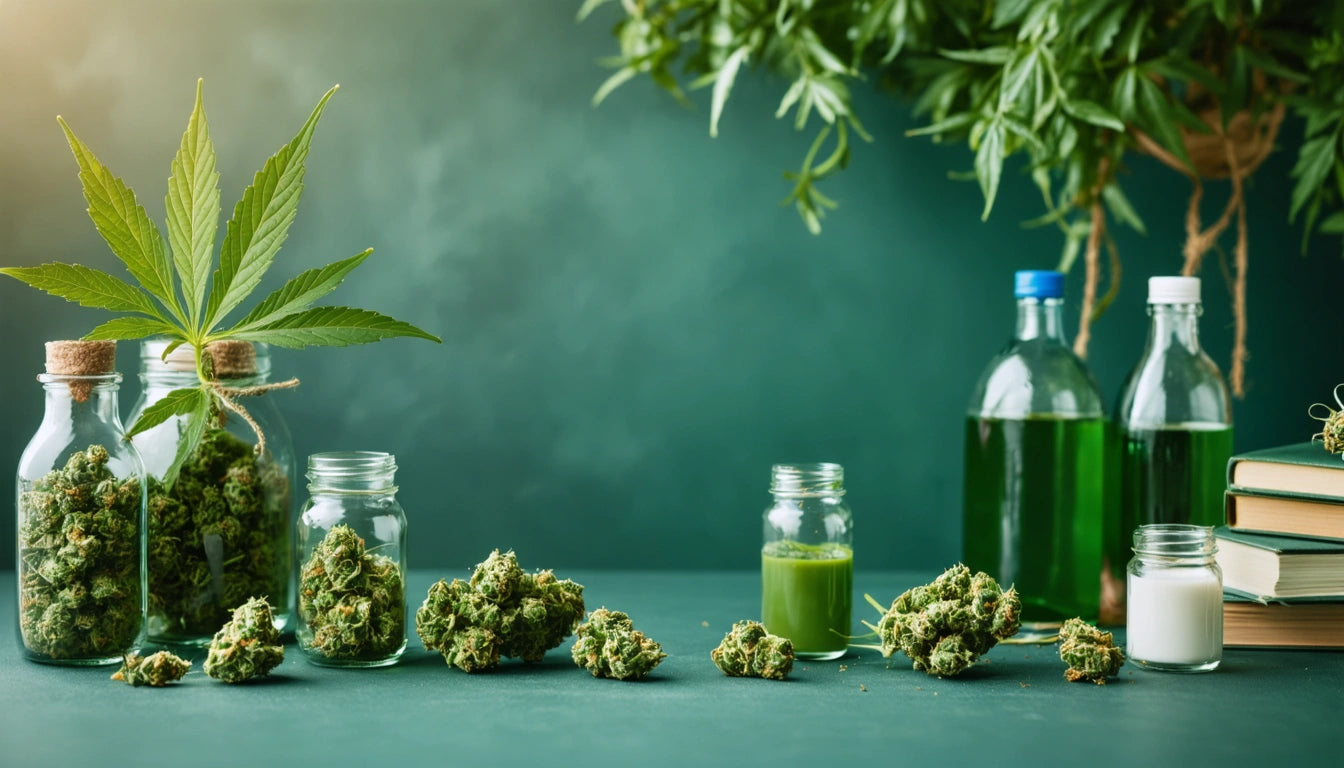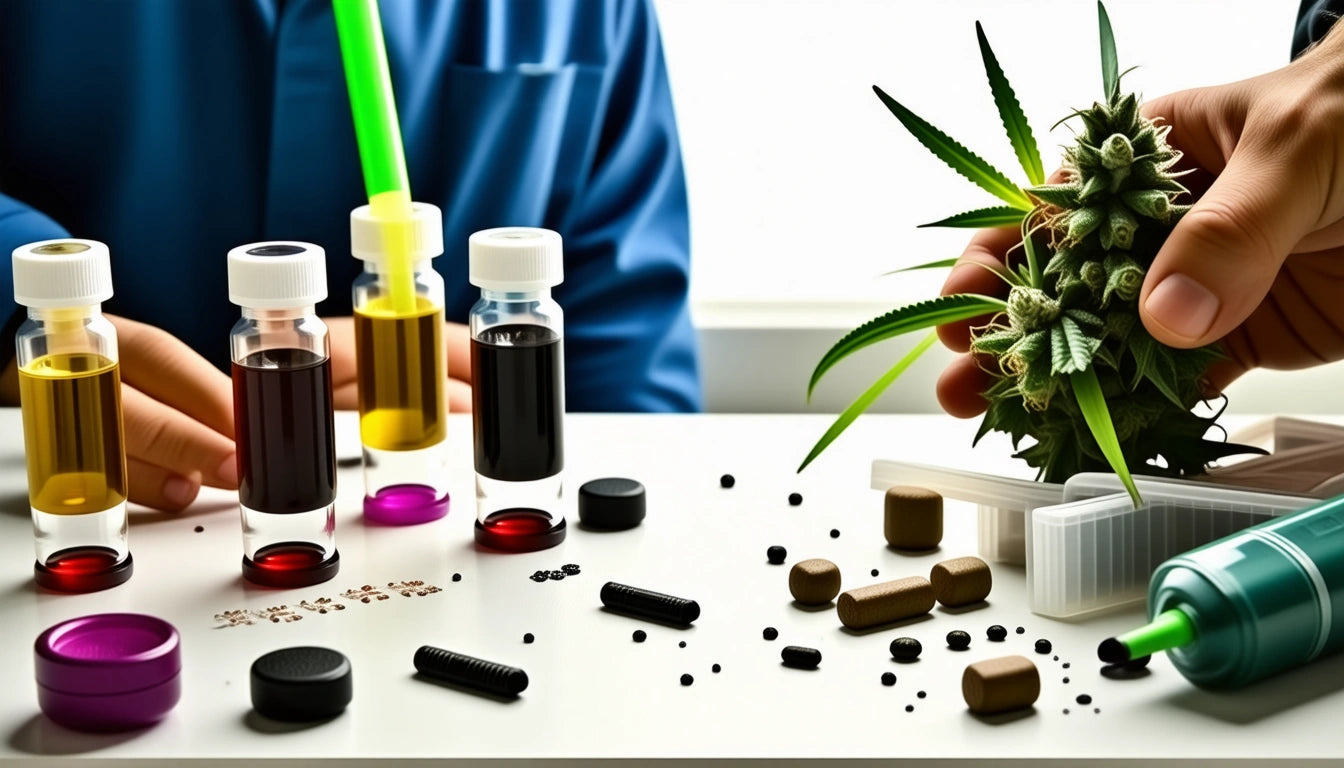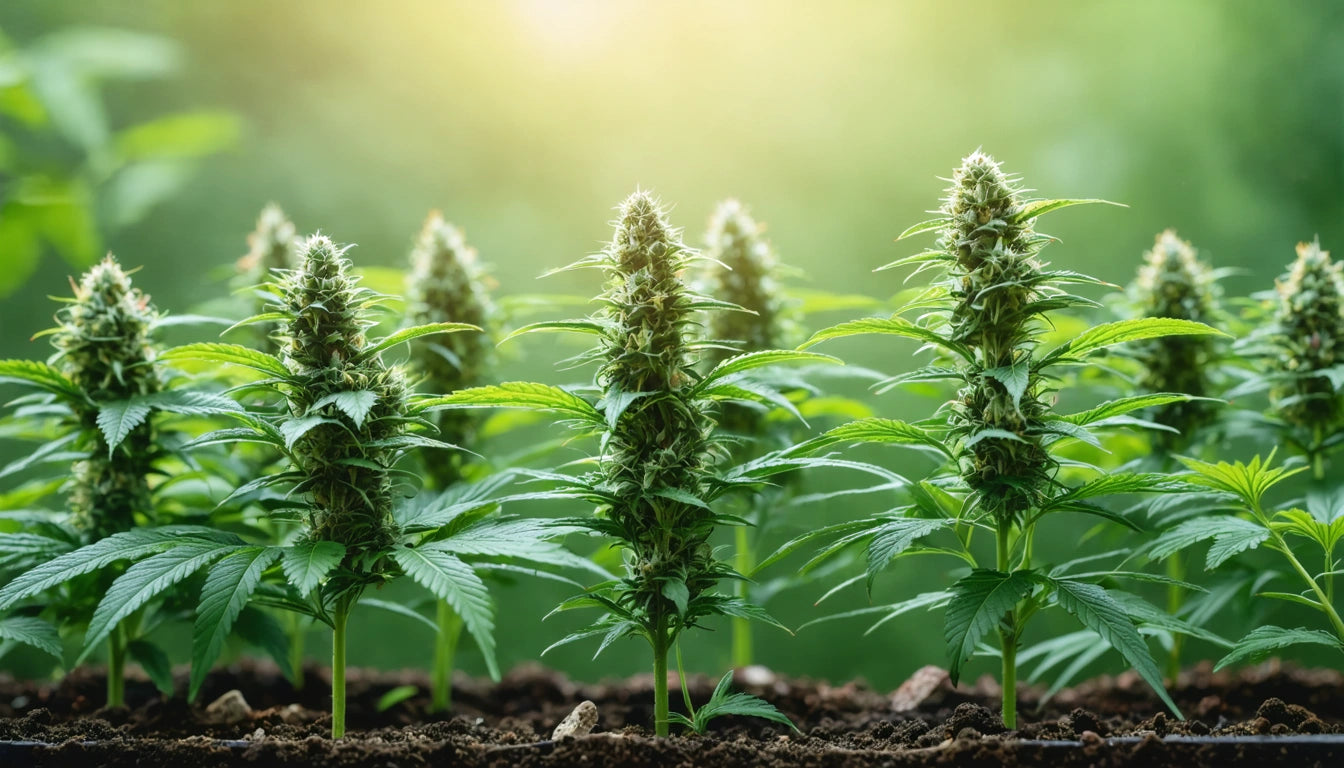How to Make Cannabis-Infused Products: A Comprehensive Guide
Creating cannabis-infused products at home allows for customized potency, flavor profiles, and consumption methods. Whether you're interested in making cannabis drinks, edibles, or concentrates, understanding the basic principles of extraction and infusion is essential for consistent results.
Cannabis Infusion Basics: Understanding the Foundation
Before diving into specific recipes, it's important to understand the science behind cannabis infusion. Cannabinoids like THC and CBD are fat-soluble, not water-soluble. This means they bind effectively to fats (oils, butter) but poorly to water without an emulsifier. Additionally, raw cannabis contains THCA and CBDA, which must be decarboxylated (heated) to convert to their active forms.
Proper decarboxylation involves heating ground cannabis at approximately 240 °F (115 °C) for 30-40 minutes. This activates the cannabinoids without degrading them, making them bioavailable when consumed. For consistent results, precise measurement using a digital scale ensures you're working with exact quantities every time.
Creating Cannabis Base Ingredients
Most cannabis-infused products start with a base ingredient that can be incorporated into various recipes.
Cannabis-Infused Oil
Cannabis oil serves as a versatile base for many recipes. Making cannabis-infused oil typically involves combining decarboxylated cannabis with a carrier oil (coconut, olive, or MCT oil) and heating it at a low temperature for several hours. This process extracts the cannabinoids without burning them.
Cannabis-Infused Butter
Also known as cannabutter, this is the foundation for many edible recipes. Creating cannabis-infused butter follows a similar process to oil, but using butter as the fat source. The process typically takes 2-3 hours and results in a versatile ingredient for baking.
Cannabis-Infused Sugar
Learning how to make cannabis sugar provides another versatile base ingredient. The process involves combining cannabis tincture with granulated sugar and allowing the alcohol to evaporate, leaving behind infused sugar crystals. This can be used in beverages, baking, or as a simple way to dose foods.
Making Cannabis Beverages
Cannabis Drink Mixes and Infused Drinks
Understanding how to make cannabis-infused drinks requires addressing the challenge of cannabinoid water solubility. There are several approaches:
- Using an emulsifier like lecithin to help bind cannabinoids to water
- Creating a cannabis simple syrup using cannabis sugar
- Using water-soluble CBD/THC powders (commercially available)
- Incorporating cannabis-infused milk or cream
For homemade cannabis drink mixes, infused sugar or honey provides an easy way to create shelf-stable mixers that can be added to various beverages.
Cannabis-Infused Coffee
Learning how to make cannabis coffee can be approached in several ways. The simplest method is adding cannabis-infused cream or milk to regular coffee. Alternatively, coffee beans can be infused with cannabis oil before grinding, though this is more complex. For instant results, adding cannabis-infused sugar to hot coffee works effectively.
Cannabis-Infused Milk
Creating cannabis milk involves gently heating milk with decarboxylated cannabis for about 30-45 minutes, being careful not to scald the milk. The fat in milk, especially whole milk, helps extract cannabinoids effectively. This infused milk can then be used in coffee, tea, or cannabis tea recipes.
Cannabis Concentrates and Extracts
Basic Concentrate Methods
For those wondering how to make cannabis concentrates at home, several beginner-friendly methods exist:
- Kief collection using a three-chamber grinder
- Dry sift using fine mesh screens
- Ice water extraction (bubble hash)
These methods separate trichomes (which contain cannabinoids) from plant material without using solvents, making them safer for home production.
Advanced Extraction Techniques
More advanced methods for how to make cannabis extracts include:
- Rosin press technique (applying heat and pressure)
- Alcohol extraction (used for tinctures)
Note that solvent-based extractions (using butane, propane, or CO2) are dangerous, illegal in many places without proper licensing, and should not be attempted at home.
Frozen Cannabis Treats
Learning how to make marijuana ice cream involves incorporating cannabis-infused cream or milk into traditional ice cream recipes. The fat content in cream makes it an excellent carrier for cannabinoids. Similarly, cannabis-infused popsicles can be made using infused simple syrup or fruit purees mixed with cannabis tincture.
Creating potent cannabis edibles of any type requires careful attention to dosing and thorough mixing to ensure even distribution of cannabinoids.
Quality Control and Proper Dosing Techniques
Consistent dosing remains one of the biggest challenges when making homemade cannabis products. To improve accuracy:
- Start with cannabis of known potency when possible
- Use mathematical formulas to estimate THC/CBD content in your infusions
- Divide final products into equal portions
- Begin with low doses (5mg THC or less) and increase gradually
- Keep detailed notes on recipes, potency, and effects
For those serious about consistency, our comprehensive guide to making cannabis products provides detailed instructions for testing and standardizing homemade creations.
Whether you're making cannabis water, cannabis juice, or cannabis buds through home cultivation, starting with quality ingredients and precise measurements will lead to the best results. Remember that making cannabinoids accessible through proper decarboxylation and infusion is the key to creating effective cannabis-infused products at home.











Leave a comment
All comments are moderated before being published.
This site is protected by hCaptcha and the hCaptcha Privacy Policy and Terms of Service apply.